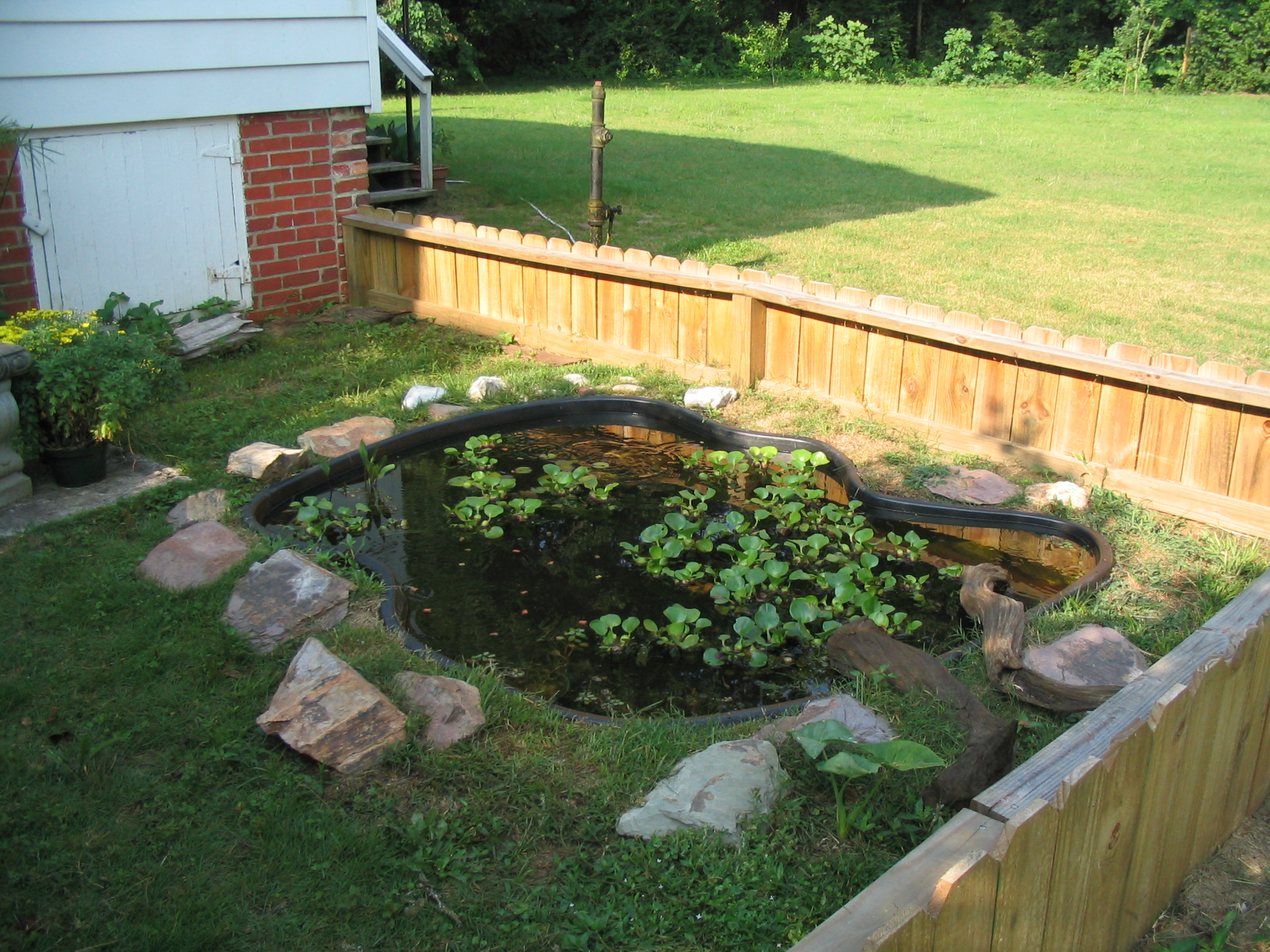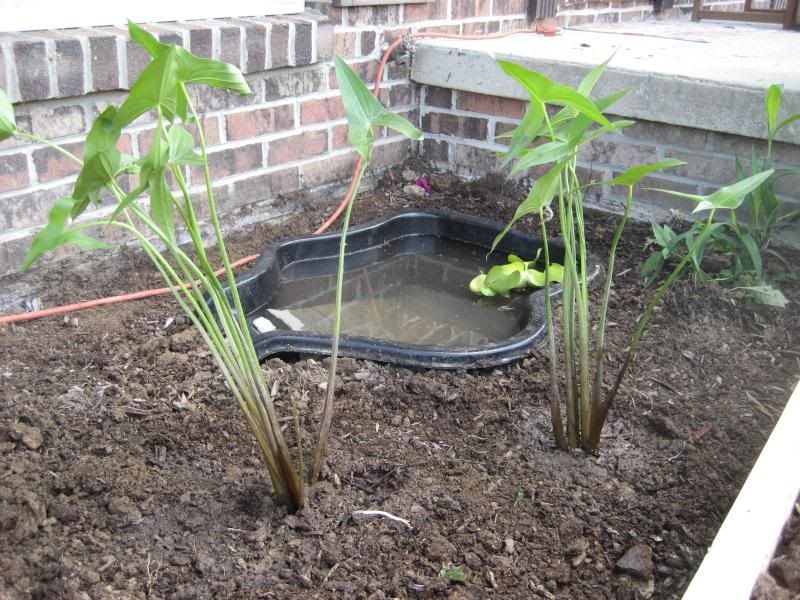To build an outdoor red-eared slider habitat, first, choose a suitable location and create a secure enclosure with a proper pond, basking area, and hiding spots. In addition, provide natural sunlight, clean water, a balanced diet, and regular maintenance to ensure the health and well-being of the turtle.
Consider consulting with experts or researching reputable sources for specific guidelines and requirements. Creating an outdoor habitat for your red-eared slider can provide a natural and enriching environment for this aquatic turtle species. These turtles require specific conditions to thrive, including a proper pond for swimming, a basking area for sunning themselves, and ample hiding spots to retreat when needed.
Building such a habitat requires careful consideration of their unique needs, along with providing the necessary resources for their growth and development. We will guide you through the steps to build an outdoor red-eared slider habitat, ensuring a comfortable and healthy living space for these fascinating creatures.

Credit: www.alabamawildlife.org
Why Red Eared Sliders Make Great Outdoor Pets
Red eared sliders are great outdoor pets due to their adaptability and active nature. Keeping them outdoors provides numerous benefits. They thrive in spacious habitats that mimic their natural environment. Outdoor habitats offer ample sunlight, essential for their calcium metabolism and overall health.
The fresh air and natural foraging opportunities promote their physical and mental stimulation. Red eared sliders are also social creatures, and being outdoors allows them to interact with other turtles and wildlife. Building a perfect outdoor habitat involves creating a secure and spacious enclosure with elements such as a basking area, uv lighting, and a clean and filtered water source.
Providing a well-maintained outdoor environment is key to ensuring the happiness and well-being of these energetic turtles. So, consider building an outdoor habitat for your red eared slider to provide them the perfect home.
Planning And Designing Your Red Eared Slider Habitat
Assess the available space and resources to build a suitable outdoor habitat for your red-eared slider. Opt for the right location, considering factors like sunlight and accessibility. Determine the appropriate size for the enclosure based on your turtle’s needs. Consider their growth and activity levels.
Create an environment that mimics their natural habitat, including a basking area, swimming space, and vegetation. Ensure proper filtration and a secure perimeter to prevent escape and protect against predators. Use non-toxic materials and provide hiding spots for your slider.
Regularly assess and maintain the habitat, monitoring temperature, water quality, and cleanliness. Provide appropriate nutrition and enrichments for your red-eared slider’s overall well-being. Designing a comfortable and safe outdoor habitat will contribute to your turtle’s happiness and longevity.
Essential Components For A Successful Red Eared Slider Habitat
Building an outdoor red eared slider habitat requires essential components for success. Constructing a proper pond with adequate water is crucial. Providing enough land area and basking spots for the turtles is also important. Incorporating vegetation and shading will create a natural environment that mimics their natural habitat.
Avoid commonly overused phrases like “when it comes to” or “if you” to keep the writing engaging. Keep the sentences brief, with a maximum of 20 words each, and in active voice for easy understanding. Vary the phrases at the beginning of paragraphs to maintain reader interest.
Remember, no conclusion paragraph is needed in this format. The goal is to write unique, human-like content that is seo friendly and passes ai writing detection.
Creating A Comfortable Living Space For Your Red Eared Sliders
Creating a comfortable living space for your red eared sliders involves several key considerations. One important aspect is selecting the best substrate for their habitat. Rocks and logs can be used effectively to create hiding spots and climbing opportunities. Temperature and lighting are crucial for the overall health of your turtles.
By ensuring the habitat is properly heated and providing adequate uvb lighting, you can help maintain their well-being. Consider using a basking lamp to provide a warm spot for your sliders to sunbathe and regulate their body temperature. Additionally, installing a uvb bulb will enable them to synthesize vitamin d3 and metabolize calcium for healthy shell growth.
By carefully crafting their habitat, you can provide an ideal environment for your red eared sliders to thrive.
Diving Deeper: Water Filtration And Quality Control
Diving deeper into water filtration and quality control is crucial for building an outdoor red-eared slider habitat. By implementing a reliable filtration system, you can ensure clean and balanced water for your turtles. Regular maintenance and monitoring are necessary to maintain optimal water conditions in the turtle pond.
Keeping an eye on water quality helps to prevent the accumulation of harmful substances, ensuring the well-being of your red-eared sliders. By adhering to these guidelines, you can create an inviting and healthy environment for your turtles to thrive.
Feeding And Nutrition Tips For Red Eared Sliders
Feeding and nutrition are essential for the health of your red eared sliders. Start by identifying a balanced diet that includes a variety of food types. Consider recommended options such as leafy greens, vegetables, and protein sources. Offer these foods in a feeding schedule that suits your turtles’ needs.
To enhance their nutrition, consider supplementing their diet with vitamins and minerals. This will help ensure they receive all the necessary nutrients for their growth and well-being. Remember to avoid overused phrases and keep sentences concise, engaging readers with diverse expressions.
By following these tips, you can provide your red eared sliders with a healthy and balanced diet.
Ensuring Safety And Security For Your Outdoor Habitat
Ensuring the safety and security of your outdoor red-eared slider habitat is crucial. To predator-proof the turtle enclosure, consider using sturdy fencing and burying it underground. Protect against extreme weather conditions by providing a shaded area and a shelter to shield the turtles from excessive heat or rain.
Regularly observe the habitat and continuously adjust it to mitigate potential risks. Monitor for any signs of weakness in the fencing or vulnerabilities to predators. Keep an eye out for any changes in the environment that may require modifications to the habitat.
By taking these precautions, you can create a safe and secure outdoor living space for your red-eared sliders.
Introducing Your Red Eared Sliders To Their New Habitat
Introducing your red-eared sliders to their new habitat is an important step in creating a thriving outdoor environment for them. Acclimating the turtles to their new surroundings should be done gradually and carefully. Keep a close eye on their behavior and monitor their health during this transition period.
Look for any signs of stress or discomfort. To ensure a smooth adjustment process, here are some helpful tips: provide a spacious and secure enclosure, offer a variety of hiding spots, provide a uvb light source and a heat lamp for proper temperature regulation, maintain proper water quality, and offer a balanced diet.
By following these guidelines and observing your turtles’ behavior, you can create a safe and suitable outdoor habitat for your red-eared sliders.
Supporting The Physical And Mental Wellbeing Of Your Red Eared Sliders
Supporting the physical and mental wellbeing of your red-eared sliders involves providing enrichment activities and toys to keep them engaged. Encouraging natural behaviors through landscaping allows them to explore and exercise, keeping them mentally stimulated. Regular check-ups with a reptile veterinarian are crucial to ensure their overall health and address any potential issues.
By creating a habitat that mimics their natural environment, complete with basking areas, hiding spots, and a clean and filtered water source, you can promote their optimal wellbeing. Investing in uvb lighting and a heat source will also help regulate their body temperature, promoting healthy growth and development.
Remember to monitor water quality regularly and maintain appropriate temperature levels to ensure their overall comfort. By following these guidelines, you can create an outdoor habitat that supports the physical and mental wellbeing of your red-eared sliders.
Conclusion
So, there you have it – a comprehensive guide on how to build an outdoor habitat for your red-eared slider. By following these steps and guidelines, you can ensure that your turtle has a safe and suitable environment to thrive in.
Remember to consider factors such as temperature, lighting, and filtration when setting up the habitat. Additionally, landscaping the area with plants and providing ample hiding spots will create a more natural and engaging habitat for your turtle. Regular monitoring and maintenance of the habitat is essential to ensure your red-eared slider’s health and well-being.
By providing a well-designed outdoor habitat, you are not only creating a comfortable home for your pet but also allowing them to experience the benefits of a natural environment. So, go ahead and start building a habitat that your red-eared slider will love and enjoy for years to come.
Happy turtle-keeping!





Leave a Reply